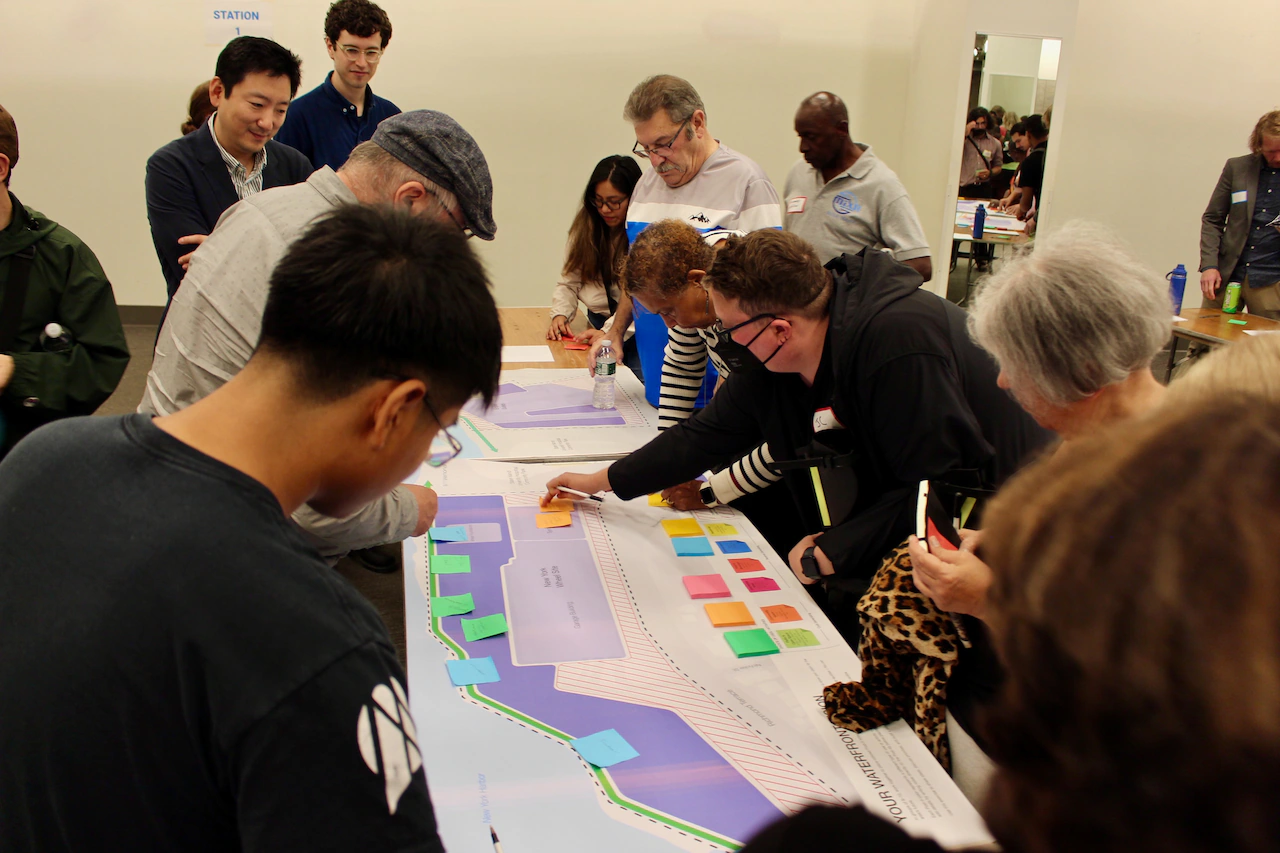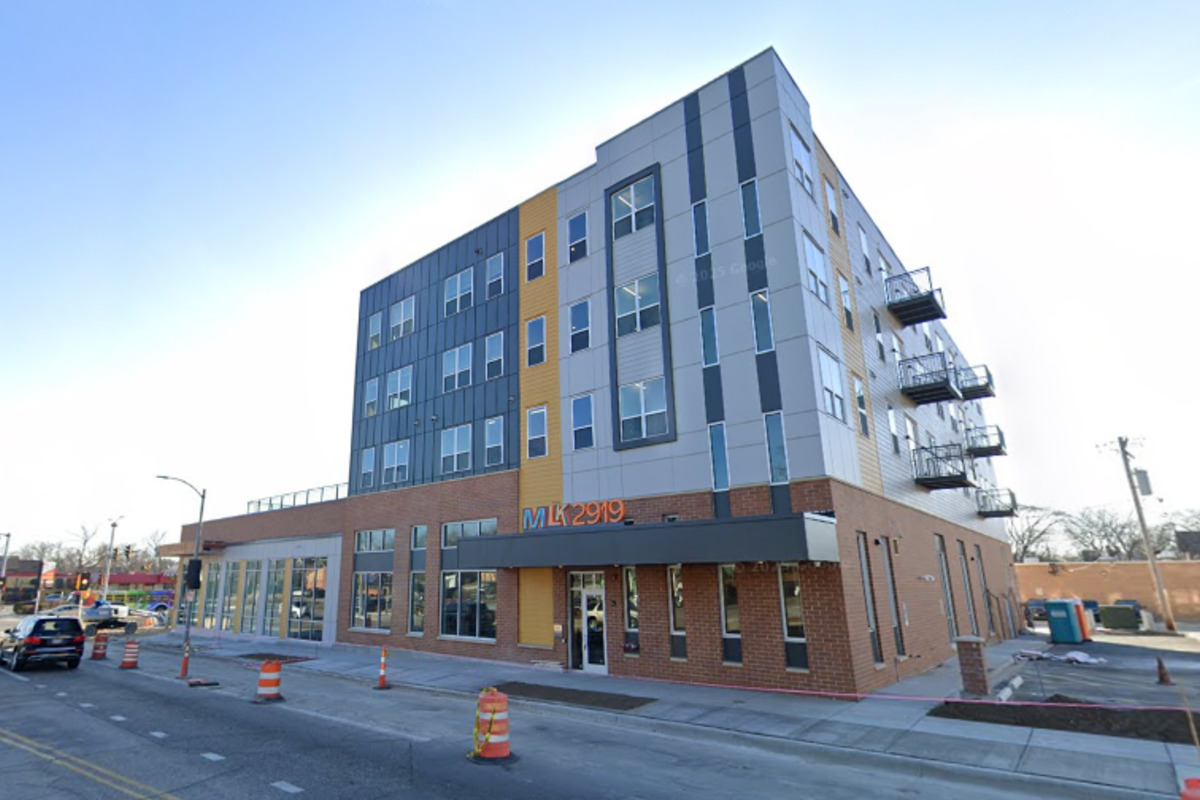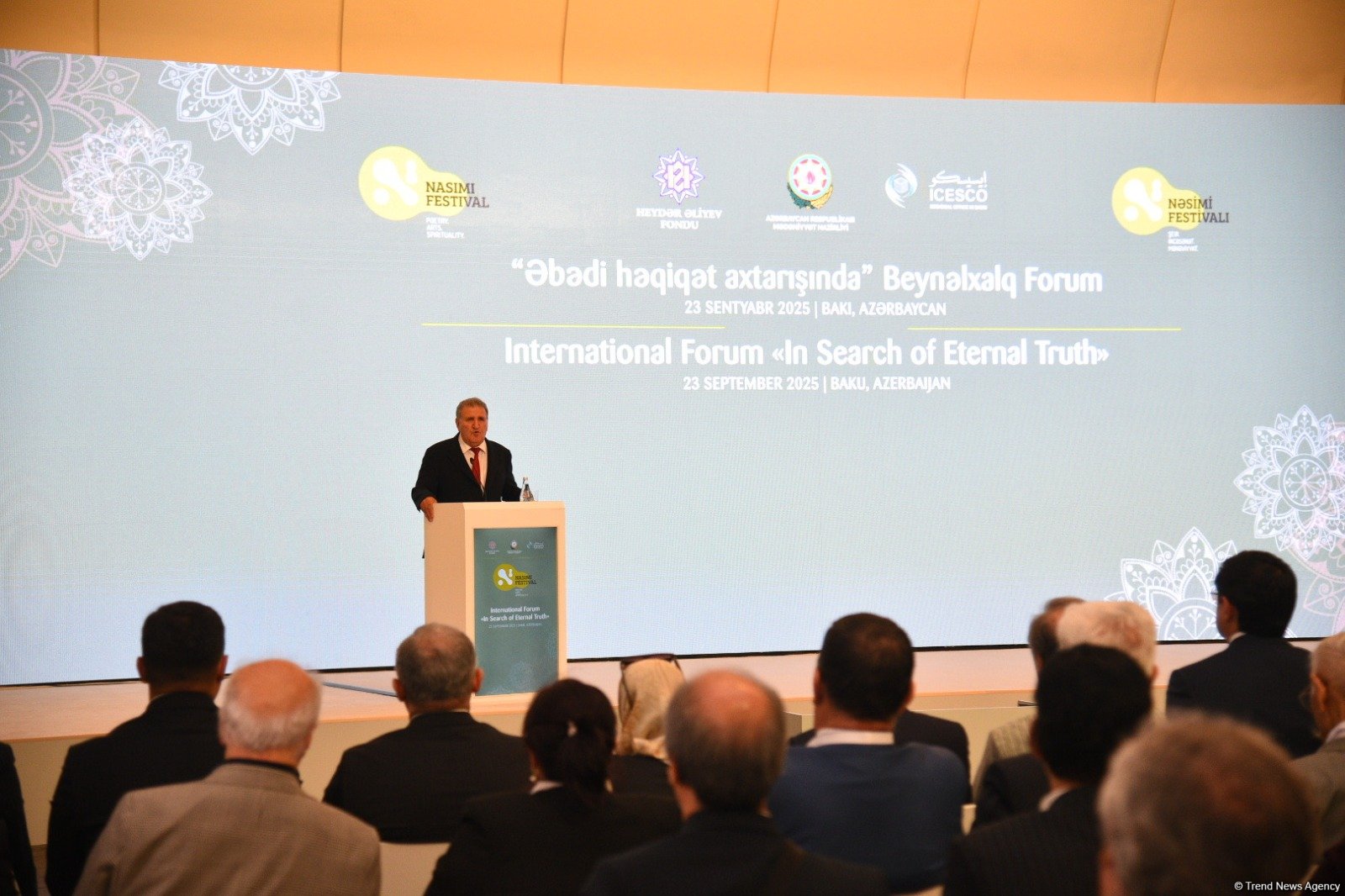NYCEDC: New vision for Empire Outlets, NY Wheel will prioritize Staten Islanders over tourists

STATEN ISLAND, N.Y. — Hundreds of Staten Islanders gathered in St. George on Thursday to share their belief that the city must prioritize the wants and needs of its residents over tourists while planning to reimagine the failed Empire Outlets and New York Wheel sites.
Thankfully for them, the city seems to agree.
The New York City Economic Development Corporation hosted a public workshop in the former Nordstrom Rack storefront to solicit feedback from the community on how to best transform the underutilized shopping center and defunct site of what was planned to house the New York Wheel.
“The city hasn’t always gotten it right and there’s a history here of failure and of missed opportunity and of people feeling like their voices didn’t matter,” said Diana Switaj, NYCEDC vice president of government and community relations and Staten Island borough commissioner.
“I understand why people feel that way, but I also want to be clear that if that were true and if it didn’t matter, we wouldn’t be here tonight doing this. And here your input matters and your input makes a difference,” she continued.
The meeting began with a brief presentation, which included an overview of the sites, a list of opportunities and constraints regarding redevelopment and next steps in what is expected to be a long-term, multiyear effort to reshape the space in a way that better serves the North Shore community.
“Thinking about the opportunities, we can change the vision here from something to serve the needs of tourists to something that serves the needs of residents,” said Judah Asimov, vice president of neighborhood strategies for NYCEDC.
The city appears to have realized the errors of its way when the sites were developed with tourist attractions in mind, now acknowledging that the focus must be on things that will serve the community, like new housing, community space, grocery stores and retailers that appeal to local residents.
After the presentation, residents rotated across three activities where they could provide input on their visions for the waterfront properties, including which types of development they’d like to see, such as parks and open space, community space, commercial retail, food and beverage options, entertainment spaces and residential buildings.
Michael Colombo, the Democratic candidate for borough president, was among the many who believed that the future redevelopment should prioritize Staten Islanders.
“I’d love to see the focus be on community space. You know, community activities, community needs. We need a supermarket. We need fresh food, fresh produce. We need medical offices. We need this to not be a tourist destination. We need this to be for Staten Islanders and things that this community needs, not hoping that people will get off the ferry and stay here,” Colombo said.
Kwynn Hogan, a St. George resident, was among a group of dozens of attendees there on behalf of Take Back St. George, a coalition of more than 100 residents, musicians and artists who are advocating for a multi-use art and music space to be incorporated into one of the redesigned sites.
“The reason we are doing this is because we are the only borough, actually the only city of half a million people, that does not have some type of civic center or multi-use art and music space that could accommodate all different types of artist groups,” Hogan said.
She noted that the space could be used for various types of arts and culture programming, from theater productions to musical performances, youth group activities, art galleries and more.
Hogan emphasized that the failure of the Empire Outlets and New York Wheel can be attributed, in part, to the fact that they were run by large corporations as opposed to local organizations with a better understanding of the community.
“Specifically, our ask is that it is run by an organization that we trust, an organization that is Staten Island grown, an organization that understands Staten Island’s needs. Based on our 1,100-response survey, that organization really points to Maker Park Radio. We know that they have a model that works for Staten Island. They’ve been a nonprofit for eight years and really have been instrumental in bringing other people to the borough and bringing people from all over the borough to congregate in one place,” she said.
In terms of next steps, NYCEDC officials repeatedly noted that this is viewed as a long-term project that will take several years to complete due to the need for environmental reviews, zoning changes and contracting of developers.
However, officials assured residents that the community will remain involved in the process every step of the way, with the organization planning to release a public vision report based on the feedback they’ve received by the end of the year.



